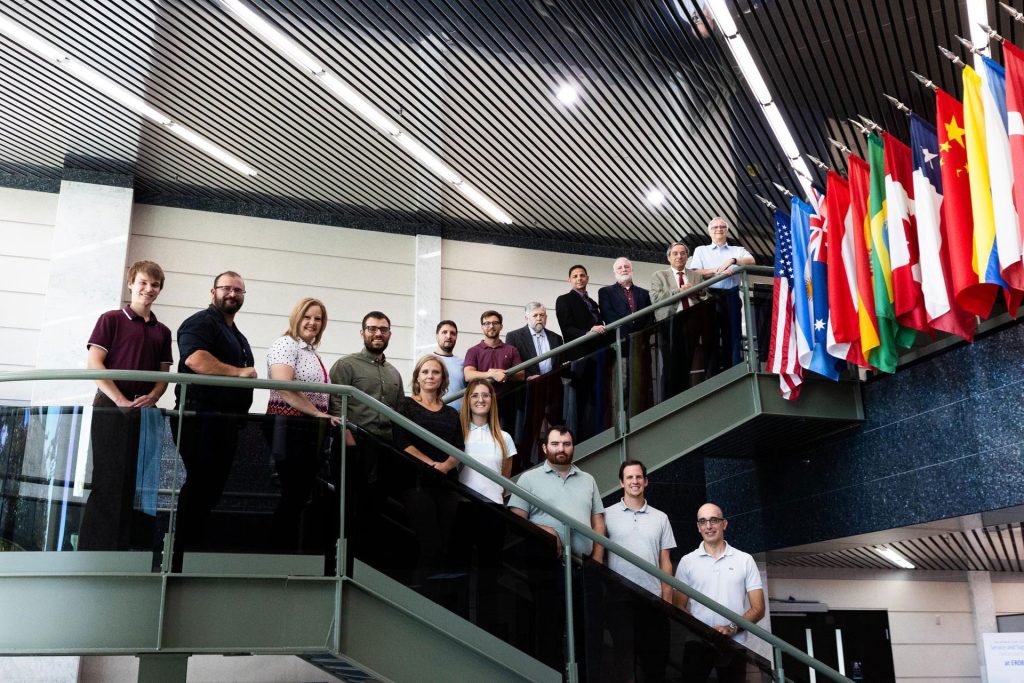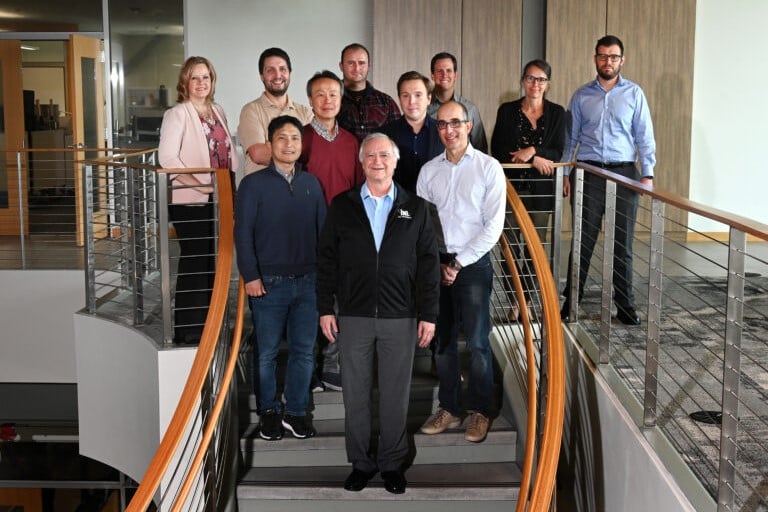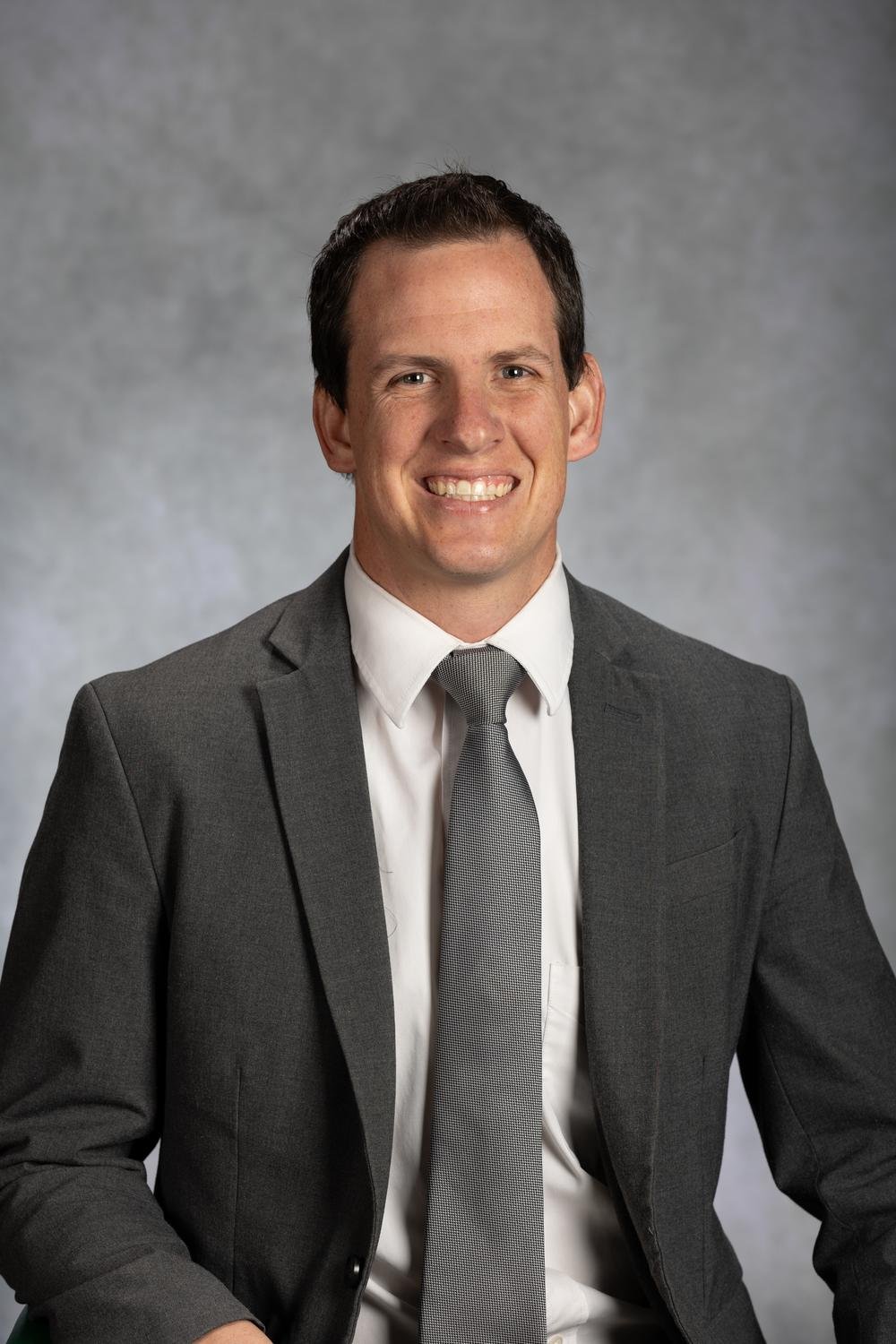RELAP5-3D
Versatile modeling and simulation tool to predict a nuclear reactor’s complex phenomena
IRUG 2025
July 28 – August 1 at Idaho National Laboratory
Early registration ends May 30, 2025
 Idaho National Laboratory’s RELAP5-3D is a robust modeling and simulation software designed to predict the intricate behavior of nuclear reactor systems. Originally developed in 1979, it has evolved beyond studying Light Water Reactors to successfully model the thermal and fluid performance of high-temperature gas-cooled reactors, super-critical CO2 reactors, sodium fast reactors, and molten salt reactors.
Idaho National Laboratory’s RELAP5-3D is a robust modeling and simulation software designed to predict the intricate behavior of nuclear reactor systems. Originally developed in 1979, it has evolved beyond studying Light Water Reactors to successfully model the thermal and fluid performance of high-temperature gas-cooled reactors, super-critical CO2 reactors, sodium fast reactors, and molten salt reactors.
Accredited by international benchmarks and design bases analyses accepted by the Nuclear Regulatory Commission for reactor licensing, RELAP5-3D is recognized as the premier system analysis code. It is often the standard by which other system codes are measured. RELAP5-3D has an extensive experiment database that validates the software’s modeling, offering confidence in predicting thermal and fluid performance.
With the ability to integrate into an analyst’s toolset, these codes provide a quick analysis of a system. When coupled with computational fluid dynamics (CFD) codes, such as openFOAM and STARCCM+, RELAP5-3D allows for comprehensive modeling.
RELAP5-3D is widely used for reactor safety analysis, design, operator training, and non-nuclear modeling and simulation. The software is a Department of Energy 10 CFR 810 code, which means that RELAP5-3D is solely distributed through the INL Technology Deployment Office, which requires a license agreement, export control review, and approved use by the INL Code Oversight Group.
Meet our team
INL Thermal Fluid Systems Methods and Analysis focuses on non-nuclear experimental test beds and thermal hydraulic design and analysis using RELAP5 and MOOSE based tools.
RELAP5-3D in the News

2024 International RELAP5 User Group
RELAP5-3D is the 45-years-young, internationally acclaimed computer program and one of the most successful Idaho National Laboratory (INL) programs of the last half-century.

Lab’s FY-23 licenses outnumber previous year
Idaho National Laboratory researchers love seeing their technologies at work in the marketplace, bolstering the nation’s economy, energy industry and communities.

Key nuclear modeling and simulation software releases new version
Idaho National Laboratory has released the latest version of RELAP5-3D, a versatile modeling and simulation tool that predicts complex phenomena happening inside a nuclear reactor. This update is the first RELAP5-3D code release in five years.

How INL’s reactor safety code extends beyond nuclear
A lot can change in 50 years. Just ask a carmaker, a telephone operator or any middle-aged adult. Like other creations from 1966, Idaho National Laboratory’s most successfully licensed invention — a reactor safety code — has evolved a lot since its inception.




















